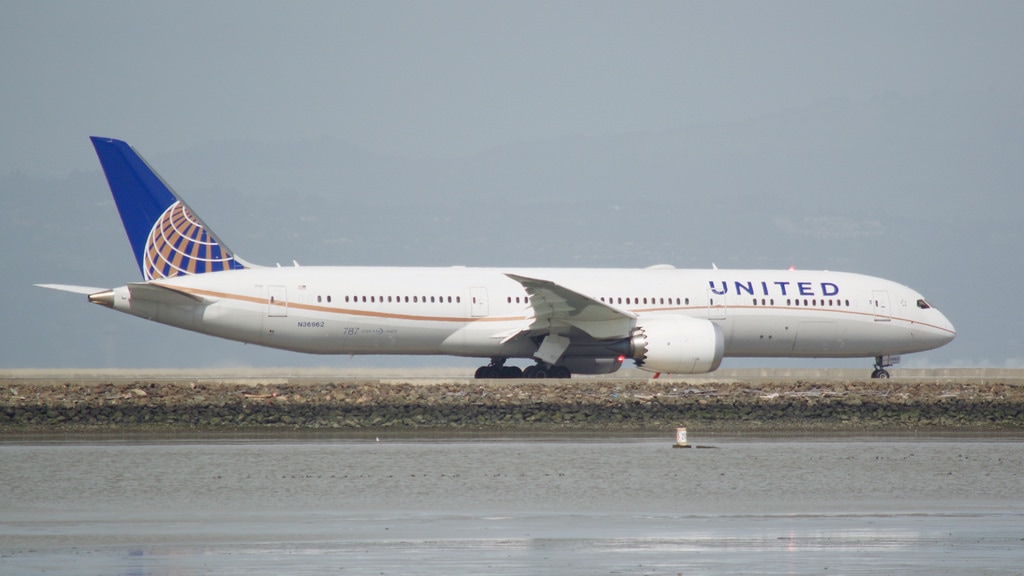| Last week I stood in line for TSA screening at Salt Lake International when people in front of me began buzzing. At the head of the line was a young woman, likely in her 20s, who wore a protective boot for a foot injury. TSA agents had forced her to remove the boot, which they were examining, and she was hobbling into a machine where she could stand, |
| | arms in the air, to be checked for harmful substances. “That’s just not right,” the man in front of me said, while others nodded in agreement. I didn’t see anyone pulling out a cell phone to record the incident. If so, it might have gone viral, but maybe not. Videos that document the hassles of flying are becoming as surprising as the one millionth ice-bucket challenge of a couple of years ago. People used to marvel at the wonder of air travel. Somehow, the aviation industry has turned it into the equivalent of a ride to Vernal in the back of the station wagon. Our grandparents’ generation would be ashamed. Back in the 1950s, our imaginations didn’t need the Internet to twitter. The future seemed limitless. Perhaps nothing illustrates this better than a contest TWA sponsored in 1955, offering $100,000 to the person who could most accurately predict what air travel would be like in 1985. Thirty years later, the airline awarded the prize to Helen Thomas of Cambridge, Mass., by then a frail octogenarian. As a United Press International story noted, she predicted flights “would cover 5,000 miles and cruise at speeds of 700 miles an hour. She foresaw emergency air landings on hospital roofs and weekend junkets to Hawaii, Australia, Rome and Cairo.” It’s sobering to imagine the disturbing pessimist who would have won a similar contest in 1987 to predict flight today. He or she would have had to begin with TWA being defunct (thus, no prize), then go on to describe the indignities of security checks (including the frisking of octogenarians and confiscating of children’s toys), extra fees for checked baggage, cramped onboard seating, planes no faster than they were in the ‘80s and overbooked flights that lead to sometimes violent confrontations between passengers and crew. If not for the two positive counterbalances to all this — cheaper fares and an incredible safety record — who would put up with this? Actually, a survey commissioned by the U.S. Travel Association in 2014 found that passengers would fly more if they encountered fewer hassles. An economic analysis of the survey concluded this would have resulted in 38 million more domestic trips in 2013. That equates to $9.5 billion in estimated lost airfare, $5.8 billion in unrealized hotel stays and $2.4 billion in car rentals that never happened. The viral video of a United Airlines passenger being assaulted and dragged off a flight certainly didn’t add many smiles to the friendly skies. I heard several fellow passengers discussing it, including an overly fermented man behind me who loudly responded to every ripple of turbulence with, “At least this isn’t United!” But then another disturbing video, this time from an American Airlines flight, surfaced late last week showing a crying woman with a baby. A male flight attendant allegedly had yanked a stroller out of her hand, then hit her with it. A fellow passenger is seen confronting the attendant, who subsequently challenges the passenger to hit him. Maybe this didn’t get as much attention because American quickly offered an apology, rerouted the woman on a different flight in first class and put the flight attendant on leave. A little PR goes a long way. Or maybe people thought they were watching a rerun —one definitely not from the ‘50s. This is an important issue in the Salt Lake area, a hub city for a major airline and a place where a new airport is under construction. Airlines and the government have a duty to keep us safe in the age of terrorism, but it wouldn’t hurt to inject some fun and dignity into the miracle of flight again. In fact, it probably would help the local economy a lot more than another viral video. |


 RSS Feed
RSS Feed

